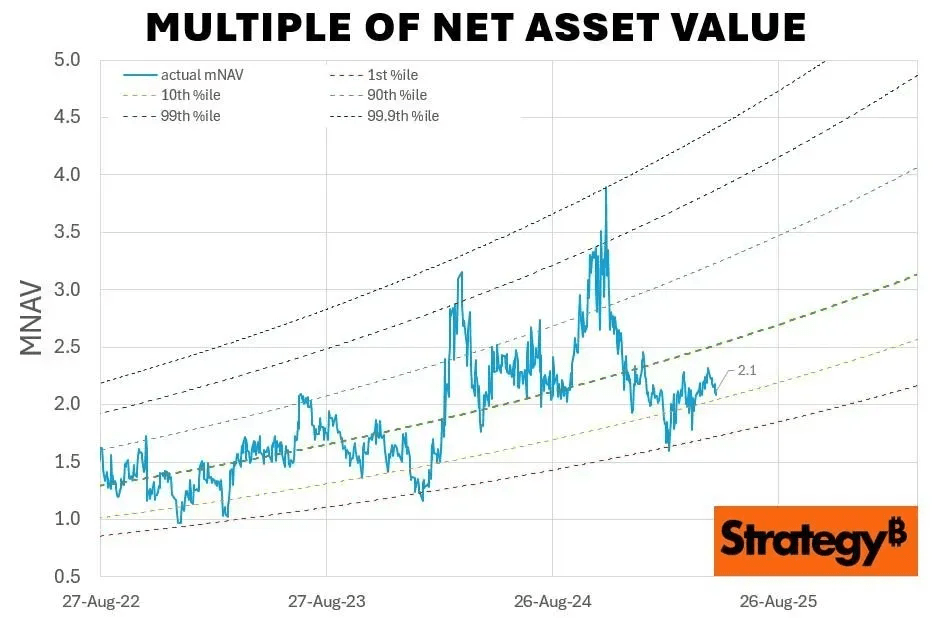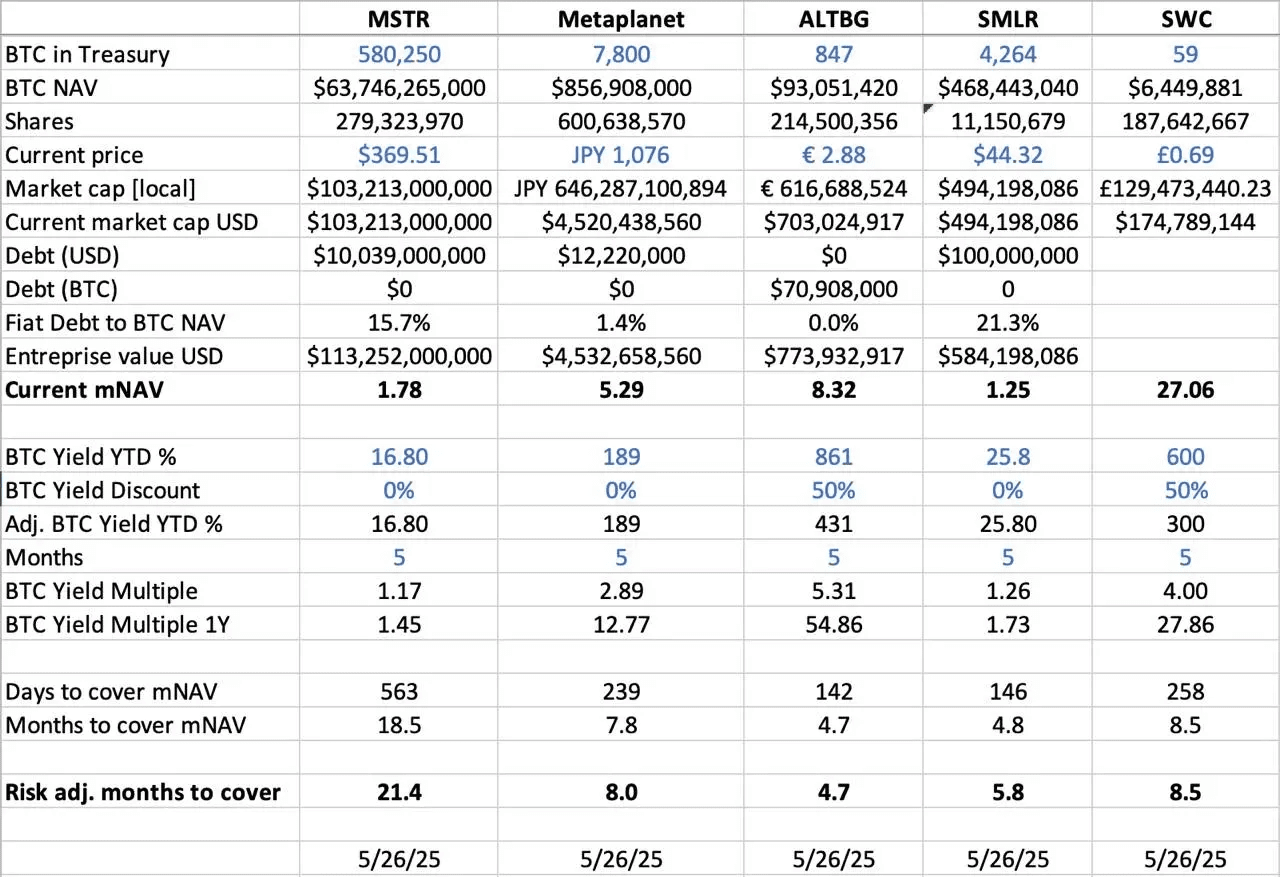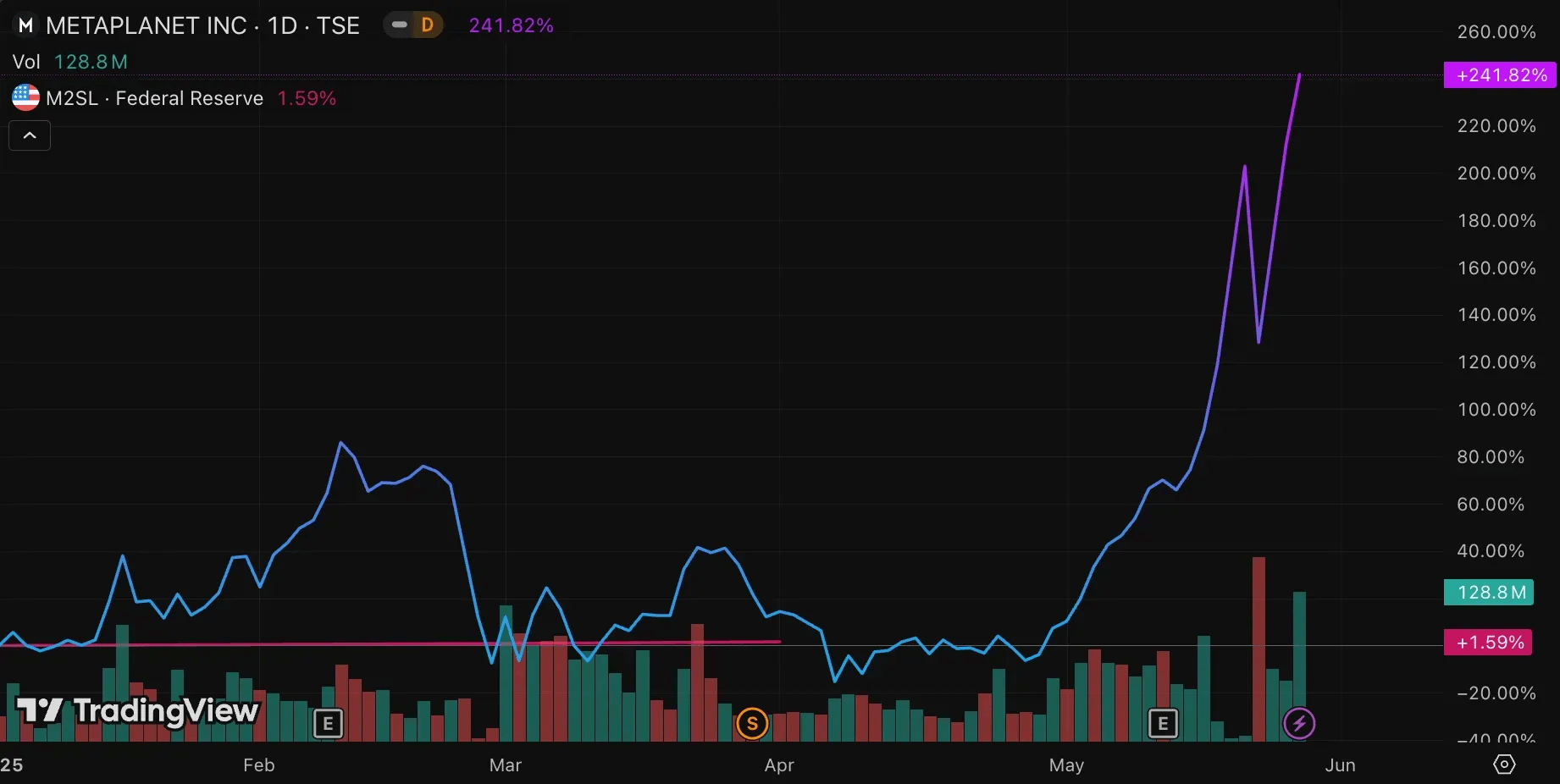Author: Yetta (@yettasing), Investment Partner at Primitive Ventures; Sean, Liquidity Partner at Primitive Ventures
Introduction:
This article was written in May 2025. In May, we completed a PIPE investment in SharpLink, which is a phased result of our research focus on the PIPE market since the beginning of the year. Primitive Ventures has been actively positioning itself since early this year, capturing the trend of CeDeFi convergence with a forward-looking perspective, and focusing on PIPE transactions related to digital asset reserves (Digital Asset Treasury PIPE). Within this framework, we systematically studied all representative transaction cases, and SharpLink is undoubtedly the most critical and representative one we have participated in so far.
Full text:
We are pleased to announce that Primitive Ventures participated in SharpLink Gaming, Inc. (NASDAQ: SBET)'s $425 million PIPE (public company directed private equity) transaction. This investment provides us with a unique investment exposure—investing in a native enterprise that reserves Ethereum as a strategy. This investment structure combines option attributes and long-term capital appreciation potential, reflecting our strong belief in Ethereum's strategic position in the U.S. capital market, and aligns with our overall judgment on the institutional development trend of crypto assets.
Why We Invested
ETH vs BTC: The Distinction of Productive Value
Compared to BTC, which lacks native yield capabilities, Ethereum, as an income-generating asset, inherently possesses the characteristic of producing staking yields. BTC-based strategies, like MicroStrategy, primarily rely on financing to acquire coins and do not generate self-derived asset income, carrying higher leverage risks. In contrast, SBET has the potential to directly utilize ETH's staking yields and DeFi ecosystem to achieve compounding growth on-chain, creating real value for shareholders.
Currently, no ETH staking ETFs have been approved under the existing regulatory framework, and the public market is fundamentally unable to capture the economic potential of Ethereum's yield layer. We believe SBET offers a differentiated path: with the support of Consensys, the company has the opportunity to implement its protocol-native strategies, thereby achieving substantial returns on-chain, with a model expectation even superior to the performance of future ETH staking ETFs.
Moreover, Ethereum's implied volatility (69) is significantly higher than Bitcoin's (43), introducing asymmetric upside options for equity-linked structures. This is particularly attractive for investors executing convertible bond arbitrage and structured derivative strategies—in this framework, volatility becomes a monetizable asset rather than a source of risk.
Strategic Participation of Consensys
We are very proud to partner with Consensys, which is the lead investor in this $425 million PIPE financing. As the most effective executor of Ethereum's commercialization, Consensys has unique advantages in technical authority, product ecosystem depth, and operational scale, making it the ideal investor to drive SBET to become the Ethereum native enterprise vehicle.
Consensys, co-founded by Ethereum co-founder Joe Lubin in 2014, has played a critical role in transforming Ethereum's open-source foundation into scalable real-world applications: from EVM and zkEVM (Linea) to the MetaMask wallet, which has introduced tens of millions of users to Web3. Consensys has raised over $700 million from top investment institutions like ParaFi and Pantera, and has a series of successful strategic acquisition experiences, making it the most deeply embedded commercial operator in the Ethereum ecosystem.
Joe Lubin serves as chairman, which is not only symbolic. As one of the co-architects of Ethereum's core design and a leader of one of the most important infrastructure companies, Joe has a unique and comprehensive understanding of Ethereum's product roadmap and asset structure. His early career experience on Wall Street has also equipped him with the proficiency to navigate capital markets, sufficient to guide SBET smoothly into the institutional financial system.
In SBET, we see a unique combination of an asset and the most capable investors. This synergistic relationship forms a powerful positive flywheel: driven by the protocol's native reserve strategy and its native leaders. Under Consensys's leadership, we believe SBET is poised to become a flagship case, showcasing how Ethereum's productive capital can achieve institutionalization and scaling in traditional capital markets.
Market Valuation Comparison
To understand the investment opportunity in SBET, we analyzed the crypto reserve strategies of different publicly listed companies:
MicroStrategy: A Pioneer in Crypto Reserve Strategies
MicroStrategy has set an industry benchmark for crypto reserve strategies, having accumulated 580,250 Bitcoins as of May 2025, valued at approximately $63.7 billion at that time. MSTR's strategy is to purchase Bitcoin through issuing low-cost debt and equity financing, which has triggered a wave of corporate imitation, fully demonstrating the feasibility of crypto assets as reserve assets.
As of May 2025, MSTR holds 580,250 Bitcoins (approximately $63.7 billion), trading at 1.78 times mNAV (market cap/net asset value), highlighting strong investor demand for regulated, leveraged exposure to crypto assets through publicly listed stocks. This premium results from various factors, including the upside potential brought by leverage, eligibility for index inclusion, and the convenience of acquiring assets compared to direct holding.
From historical data, between August 2022 and August 2025, MSTR's mNAV fluctuated between 1 times and 4.5 times, reflecting significant market sentiment impacts on valuation. When the multiple reaches 4.5 times, it is usually accompanied by a Bitcoin bull market and significant buying operations by MSTR, indicating high investor optimism; conversely, when the multiple falls back to 1 time, it often occurs during market consolidation phases, revealing cyclical fluctuations in investor confidence.

Peer Company Comparison
We conducted a horizontal analysis of several publicly listed companies adopting BTC reserve strategies:
In terms of BTC net asset value (BTC NAV), which is the total value of Bitcoin held by the company, MicroStrategy ranks first with 580,250 BTC (approximately $63.7 billion), followed by Metaplanet (7,800 BTC, approximately $857 million), SMLR (4,264 BTC, approximately $468 million), ALTBG (847 BTC, approximately $93 million), and SWC (59 BTC, approximately $6.4 million).
In terms of the market capitalization to BTC NAV ratio (mNAV), SWC has the highest premium at 27.06 times, mainly due to its small BTC holding base and strong market enthusiasm. ALTBG's mNAV is 8.32 times, and Metaplanet's is 5.29 times, also maintaining a high level; in contrast, MSTR is at 1.78 times, and SMLR is at 1.25 times, with a more moderate valuation premium due to their larger asset sizes and existing debt.
Year-to-date BTC yield (BTC Yield YTD %) (diluted adjustment, percentage increase per share of BTC) shows that small-cap companies demonstrate a higher per-share BTC growth rate due to continuous accumulation, with ALTBG reaching 431% and SWC at 300%. These yield data reflect their capital efficiency and compounding ability.
Based on the current BTC reserve growth rate (Days/Months to Cover mNAV), ALTBG and SMLR could theoretically accumulate enough BTC to cover their current mNAV premium within 5 months, providing potential alpha space for NAV convergence trading and relative mispricing.
On the risk side, the debt-to-BTC NAV ratios for MSTR and SMLR are 15.7% and 21.3%, respectively, thus facing higher risks when BTC prices fall; whereas both ALTBG and SWC have no debt, making their risks more controllable.

The Metaplanet case in Japan: Valuation arbitrage in regional markets
Valuation disparities often stem from differences in asset reserve sizes and capital allocation frameworks. However, the dynamics of regional capital markets are equally crucial and an important factor in understanding these valuation divergences. One representative example is Metaplanet, often referred to as 'Japan's MicroStrategy.'
Its valuation premium not only reflects its held Bitcoin assets but also indicates structural advantages related to the domestic Japanese market:
NISA tax advantage: Japanese retail investors are actively allocating Metaplanet stocks through NISA (Nippon Individual Savings Account). This mechanism allows for up to approximately $25,000 in capital gains to be tax-free, significantly more attractive compared to the maximum 55% tax rate on directly holding BTC. According to Japanese SBI Securities, as of the week of May 26, 2025, Metaplanet was the most purchased stock in all NISA accounts, driving its stock price up 224% in the past month.
Misalignment in the Japanese bond market: Japan's debt-to-GDP ratio reaches as high as 235%, with 30-year government bond (JGB) yields rising to 3.20%, indicating that the Japanese bond market is facing structural pressures. Against this backdrop, investors increasingly view the 7,800 Bitcoins held by Metaplanet as a macro-hedging tool to counter yen depreciation and domestic inflation risks.

SBET: Positioning as a Global Leader in ETH Assets
When operating in the public market, regional capital flows, tax systems, investor psychology, and macroeconomic conditions are equally important as the underlying assets themselves. Understanding these jurisdictional differences is key to uncovering asymmetric opportunities in the combination of crypto assets and public equities.
SBET, as the first publicly listed company centered on ETH capital, also possesses the potential to benefit from strategic judicial arbitrage. We believe SBET has the opportunity to further release regional liquidity and resist the risk of narrative dilution through dual listings in Asian markets (such as the Hong Kong Stock Exchange or Nikkei). This cross-market strategy will help SBET establish its position as the most representative Ethereum native listed asset globally, gaining recognition and participation at the institutional level.
The Institutionalization Trend of Crypto Capital Structures
The convergence of CeFi and DeFi marks a key turning point in the evolution of the crypto market, indicating its increasing maturity and gradual integration into the broader financial system. On one hand, protocols like Ethena and Bouncebit are expanding the utility and accessibility of crypto assets by combining centralized components with on-chain mechanisms, reflecting this trend.
On the other hand, the integration of crypto assets with traditional capital markets reflects a deeper macro-financial transformation: that is, crypto assets are gradually establishing themselves as a compliant asset class with institutional-level quality. This evolution can be roughly divided into three key phases, each representing a leap in market maturity.
GBTC: As one of the earliest institutional BTC investment channels, GBTC provides regulated market exposure but lacks a redemption mechanism, leading to prolonged price deviations from net asset value (NAV). Despite being pioneering, it also reveals the structural limitations of traditional packaged products.
Spot BTC ETF: Since receiving SEC approval in January 2024, spot ETFs have introduced a daily creation/redemption mechanism, allowing prices to closely track NAV, significantly enhancing liquidity and institutional participation. However, due to its nature as a passive tool, it cannot capture critical parts of the native potential of crypto assets, such as staking, yield, or actively creating value.
Corporate treasury strategies: Companies like MicroStrategy, Metaplanet, and now SharpLink have further pushed the evolution of strategies by incorporating crypto assets into their financial operations. This phase goes beyond passive holding and begins to utilize strategies like compounding returns, asset tokenization, and on-chain cash flow generation to enhance capital efficiency and drive shareholder returns.
From the rigid structure of GBTC, to the mechanistic breakthroughs of spot ETFs, and now the rise of reserve models oriented towards yield optimization, this evolutionary trajectory clearly shows that crypto assets are gradually embedding themselves into the architecture of modern capital markets, bringing stronger liquidity, higher maturity, and more value creation opportunities.
Risk Warning
Despite our confidence in SBET, we remain cautious and attentive to two potential risks:
Premium compression risk: If SBET's stock price remains below its net asset value for an extended period, it may lead to subsequent equity financing dilution.
ETF substitution risk: If ETH ETFs are approved and support staking features, they may provide a more convenient compliant alternative, attracting some funds away.
However, we believe that SBET, with its native ETH yield capabilities, can outperform ETH ETFs in the long run, achieving a positive combination of growth and yield.
In summary, our investment of $425 million in SharpLink Gaming is based on a firm belief in Ethereum's strategic role in corporate reserve strategies. With the backing of Consensys and the leadership of Joe Lubin, SBET is expected to represent a new phase of crypto value creation. As CeFi and DeFi converge to reshape global markets, we will continue to support SBET, achieving long-term superior returns and fulfilling our mission of 'discovering high-potential opportunities.'




